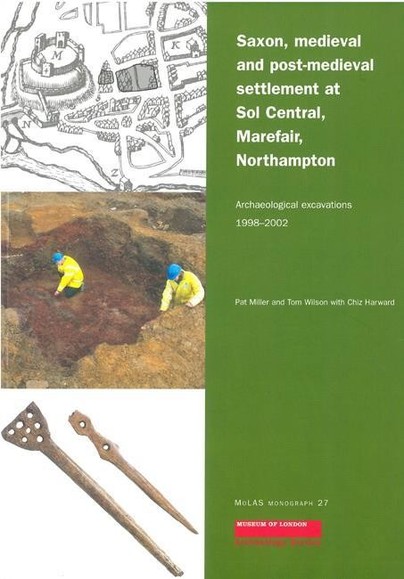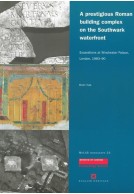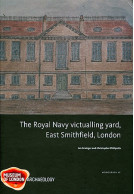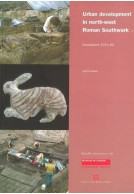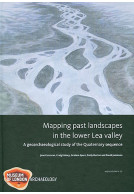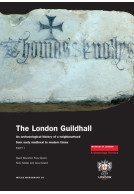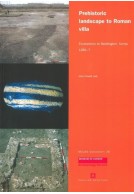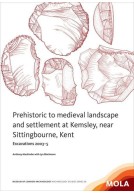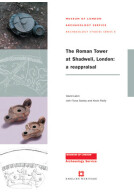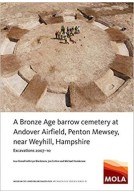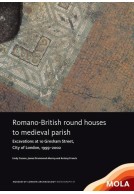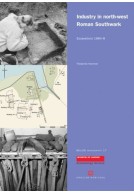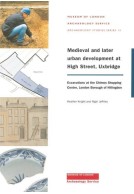Google Books previews are unavailable because you have chosen to turn off third party cookies for enhanced content. Visit our cookies page to review your cookie settings.
Saxon, Medieval and Post-Medieval Settlement at Sol Central, Marefair, Northampton (Paperback)
Archaeological Excavations 1998-2002
Imprint: MOLA (Museum of London Archaeology)
Series: MoLAS Monograph
Pages: 81
Illustrations: 76 b/w illus, 31 tabs, CD
ISBN: 9781901992571
Published: 24th January 2006
Script Academic & Professional
Series: MoLAS Monograph
Pages: 81
Illustrations: 76 b/w illus, 31 tabs, CD
ISBN: 9781901992571
Published: 24th January 2006
Script Academic & Professional
You'll be £4.95 closer to your next £10.00 credit when you purchase Saxon, Medieval and Post-Medieval Settlement at Sol Central, Marefair, Northampton. What's this?
+£4.99 UK Delivery or free UK delivery if order is over £40
(click here for international delivery rates)
Need a currency converter? Check XE.com for live rates
(click here for international delivery rates)
Need a currency converter? Check XE.com for live rates
Excavation work by Northamptonshire Archaeology and MoLAS revealed residual prehistoric and Roman artefacts and Middle Saxon settlement evidence in the form of a single sunken-floored building. Activity intensified in the Late Saxon to Norman period, when metalworking, crop processing and bone working took place at the site. The establishment of buildings suggests the main Saxon settlement around St Peter's Church spread northeastwards towards the limits of the town. A cemetery was established on the site in the 10th century and associated with the chapel of St Martin in the 12th century, from which 72 burials were excavated. The area continued to develop during the medieval period, with construction of timber and stone buildings and intensifying industrial activity represented by pits, hearths and smithing debris. The cemetery remained in use until the mid 13th century. By the 14th century the route of Pike Lane was established and evidence has been found of metalworking, cereal processing, animal husbandry and butchery, and small-scale tanning. Use of the area declined during the 15th and 16th centuries.
Other titles in the series...
Other titles in MOLA (Museum of London Archaeology)...







